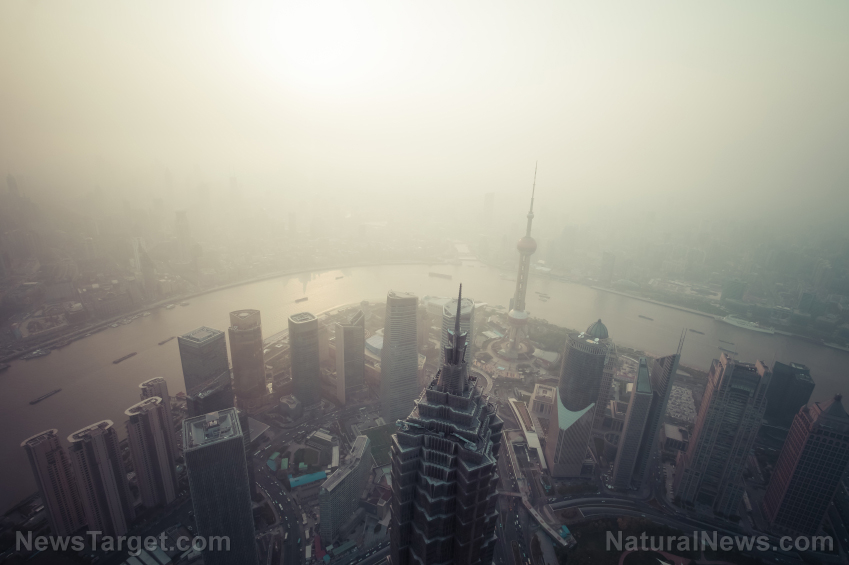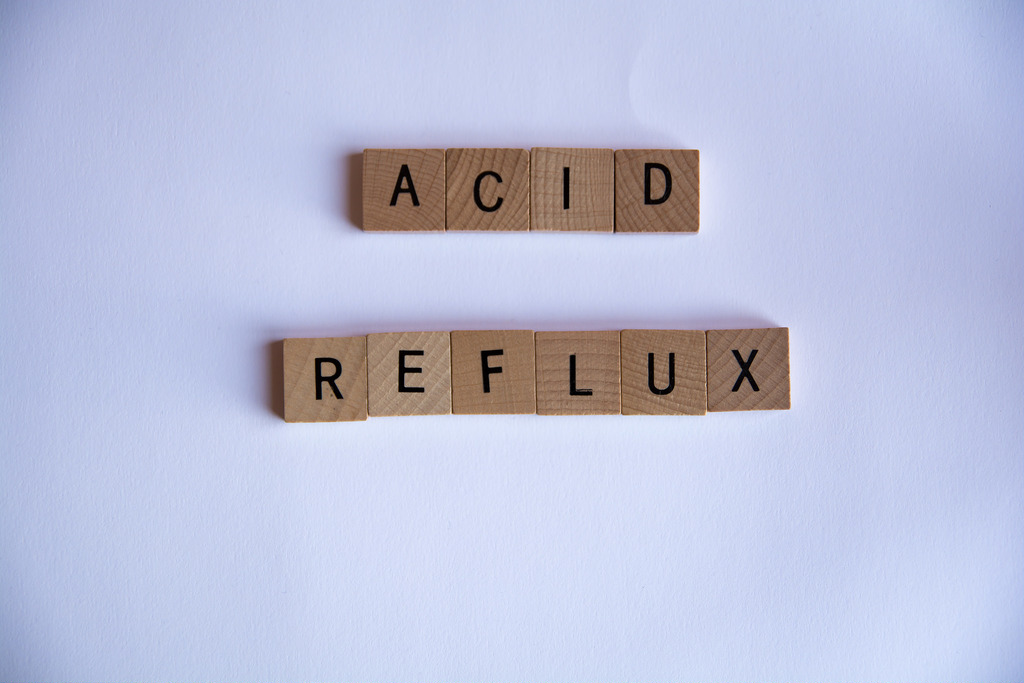China is losing its pollution war: Levels of harmful ozone rise up as particulate matter drops
04/26/2019 / By Edsel Cook

American and Chinese researchers warned that China is losing its war on air pollution. Even as the world’s most populous country brought down levels of airborne particulate matter, the amount of ozone pollution entering the air rose to take the place of PM 2.5.
The Chinese government began its campaign against air pollution in 2013. Concerned about the dangerous levels of PM 2.5 air pollutants, it started implementing strict rules and regulations in order to reduce the amount of fine particulate matter that vehicles and industries were pumping out into the air.
Cities placed a limit on the number of cars on the streets. Coal-fired power plants either cleaned their exhaust or were shut down and replaced with new plants that burned cleaner natural gas.
The five-year plan appeared to have achieved its goals. PM 2.5 levels in the eastern half of the country has dropped by almost 40 percent.
China also increased the number of air quality monitoring stations to more than 1,000. These stations gathered massive amounts of environmental data from across the entire country, including some surprising and disturbing news. (Related: City life is KILLING humanity: 95% of humans living today are breathing polluted air, mostly from cities.)
Ozone is replacing fine particulate matter as the main air pollutant in China
A joint research team from Harvard’s John A. Paulson School of Engineering and Applied Sciences (SEAS) and the Nanjing University of Information Science & Technology (NUIST) were surprised to find out that dangerous ozone pollution at ground level is replacing PM 2.5 as the new threat to Chinese public health. The impending new crisis is especially widespread in large cities.
Ozone is the most important component of smog. It first drew the attention of researchers during the 1950s, when it began filling the skies of American cities.
A number of chemical reactions is responsible for the formation of ozone. The process begins when volatile organic compounds (VOCs) undergo oxidation. This oxygen-based chemical reaction releases chemical radicals into the air. If there is sunlight present, the radicals cause other VOCs to react with oxides of nitrogen (NOx), thereby producing ozone.
NOx and VOCs are some of the emissions produced by burning fossil fuel. VOCs are also belched out by factories and other industrial facilities.
In their study, the Chinese-American research team found that PM 2.5 and other particulate matter did have at least one beneficial purpose: They absorbed the radicals responsible for kicking off ozone production.
China must now tackle the problem of ozone air pollution
“There was so much particulate matter in Chinese cities that it stunted the ozone production,” explained SEAS researcher Daniel Jacob. One of the two authors of the study, Jacob said that the swift reduction of PM 2.5 caused considerable changes in the chemical composition of the atmosphere.
As a result, radicals that were normally neutralized by fine particulate matter were now free to react with NOx and VOCs. This led to increases in ozone levels.
“We haven’t observed this happening anywhere else because no other country has moved this quickly to reduce particulate matter emissions,” Jacob added. “It took China four years to do what took 30 years in the U.S.”
While the researchers did praise China for cleaning up air particulate matter in its skies, they also warned that ozone levels are going to keep getting worse. Current Chinese regulations did not target NOx and VOCs.
Hong Liao, a NUIST professor who co-wrote the paper alongside Jacob, stressed that efforts must be taken to reduce non-particulate air pollutants. Otherwise, the ozone created by these pollutants will simply take the place of PM 2.5 as the new deadly killer in the skies of China.
Sources include:
Tagged Under: air pollutants, air quality, chemicals, China, Chinese cities, coal plants, Emissions, environment, oxides of nitrogen, particulate matter, PM 2.5, research, science, smog, toxins, volatile organic compounds



















